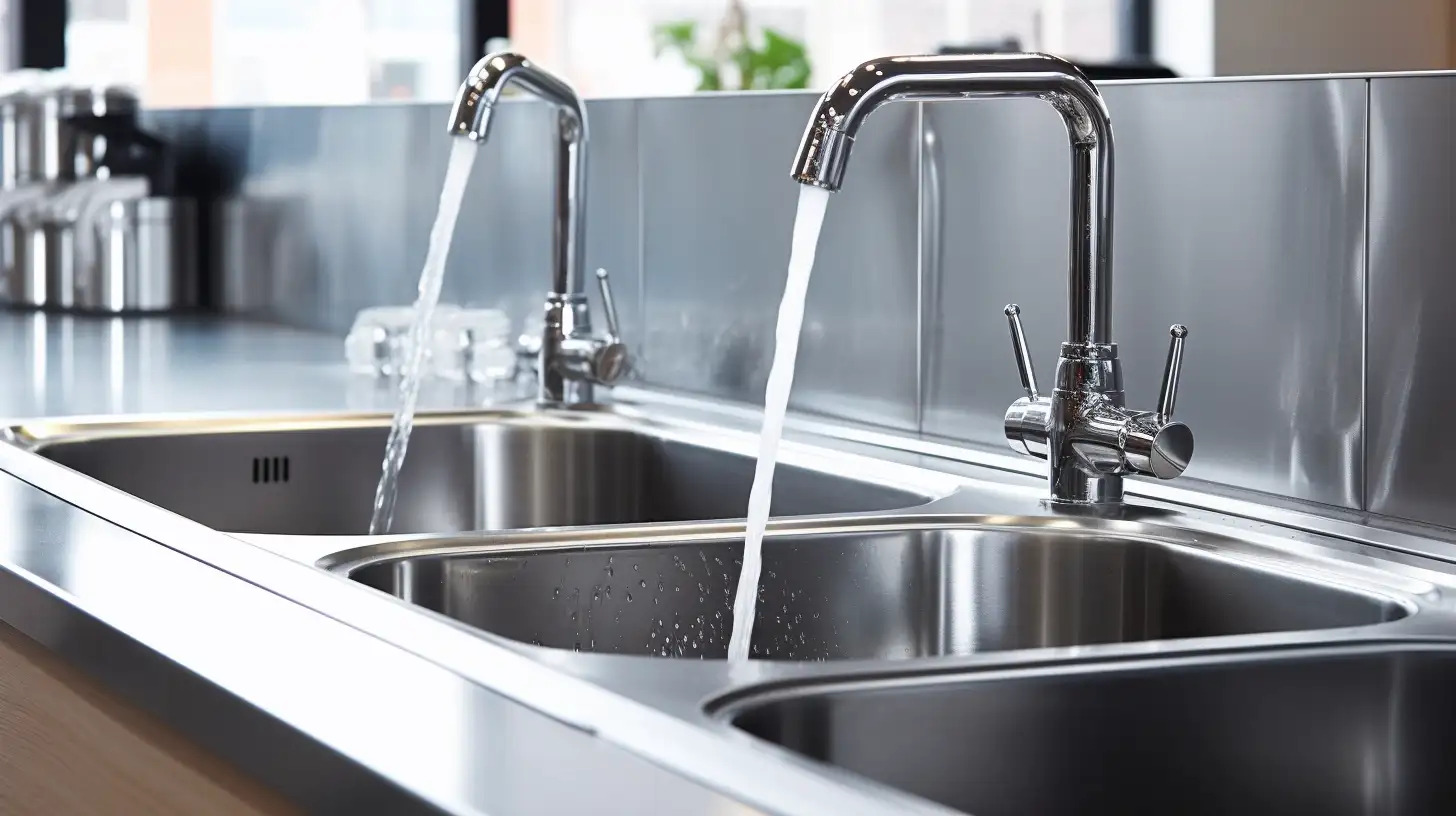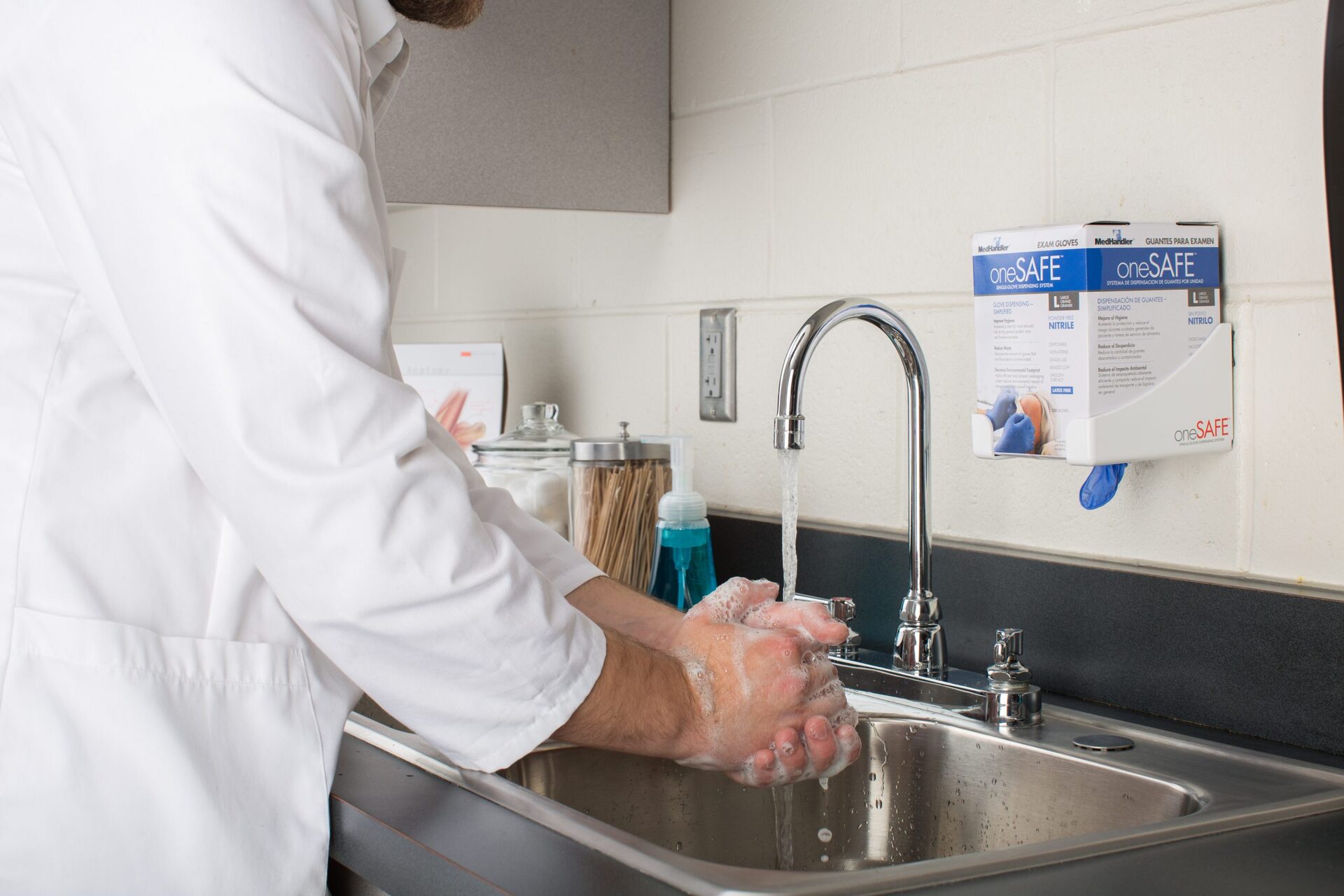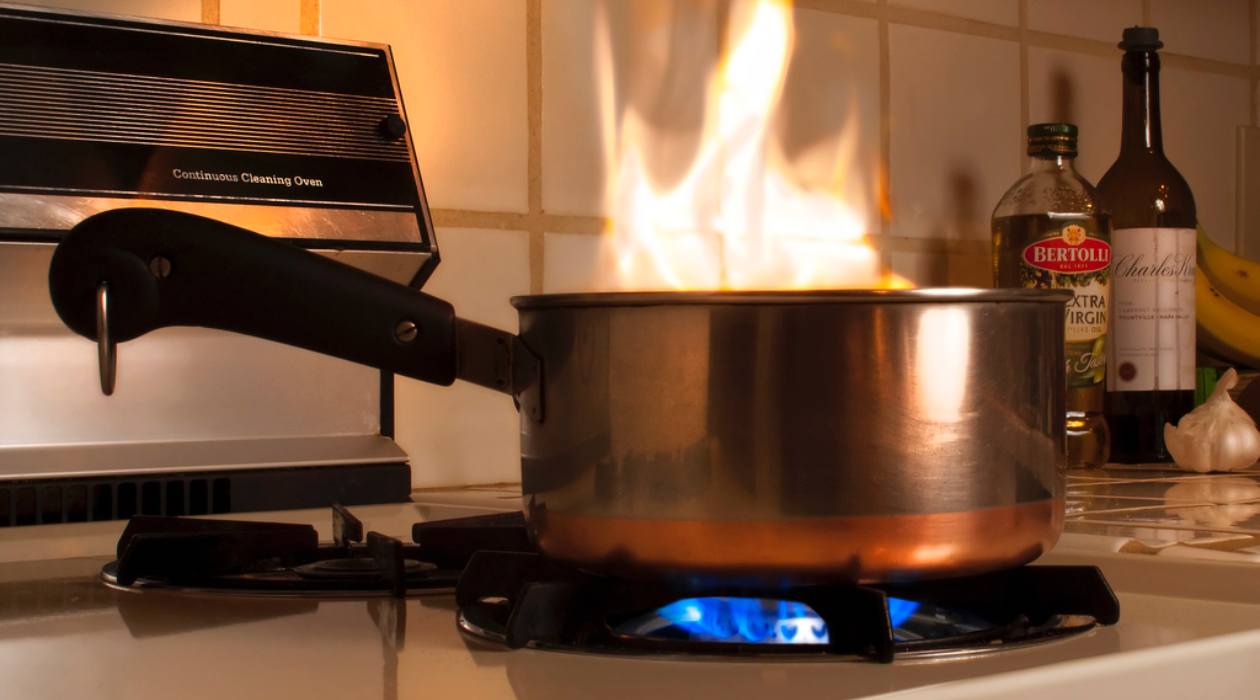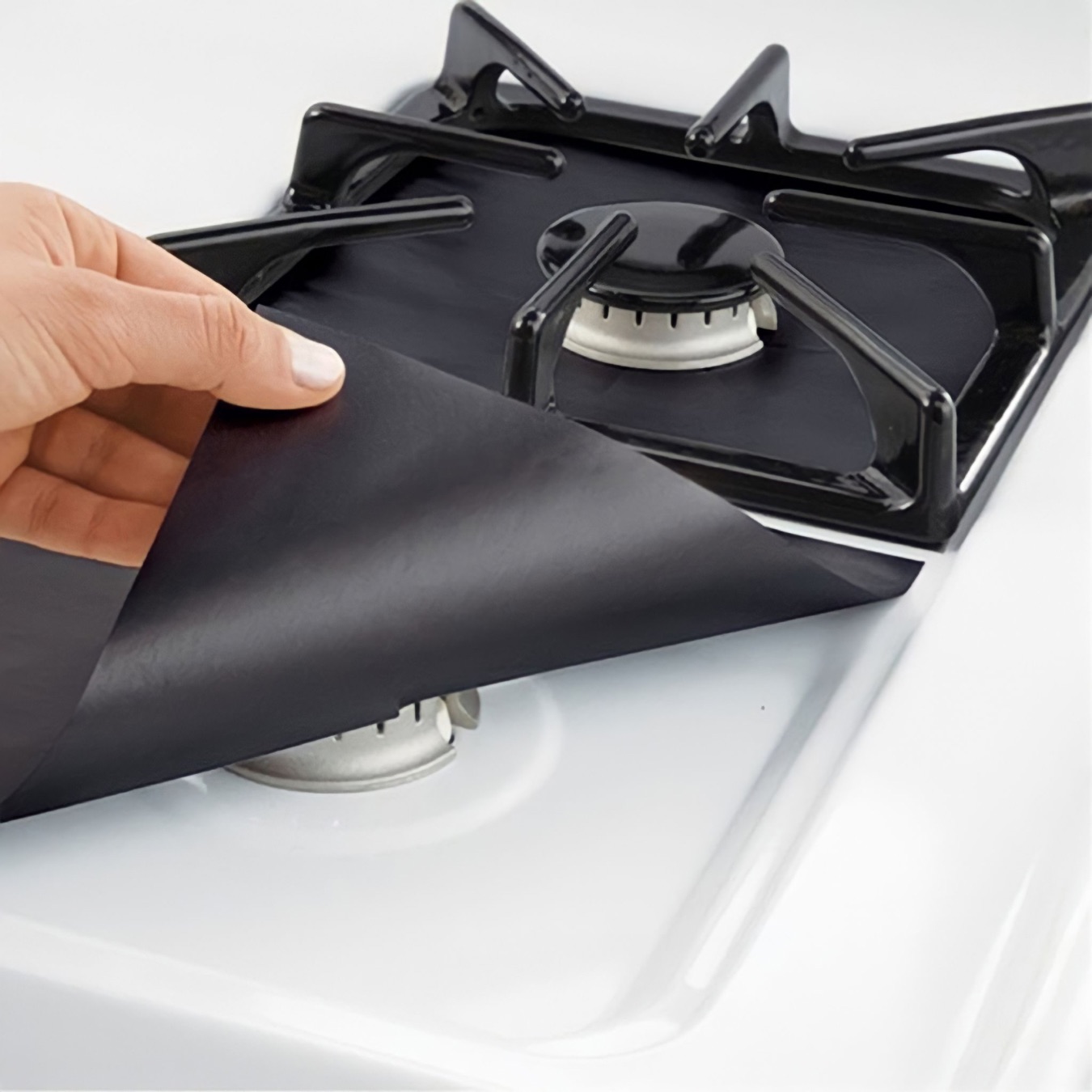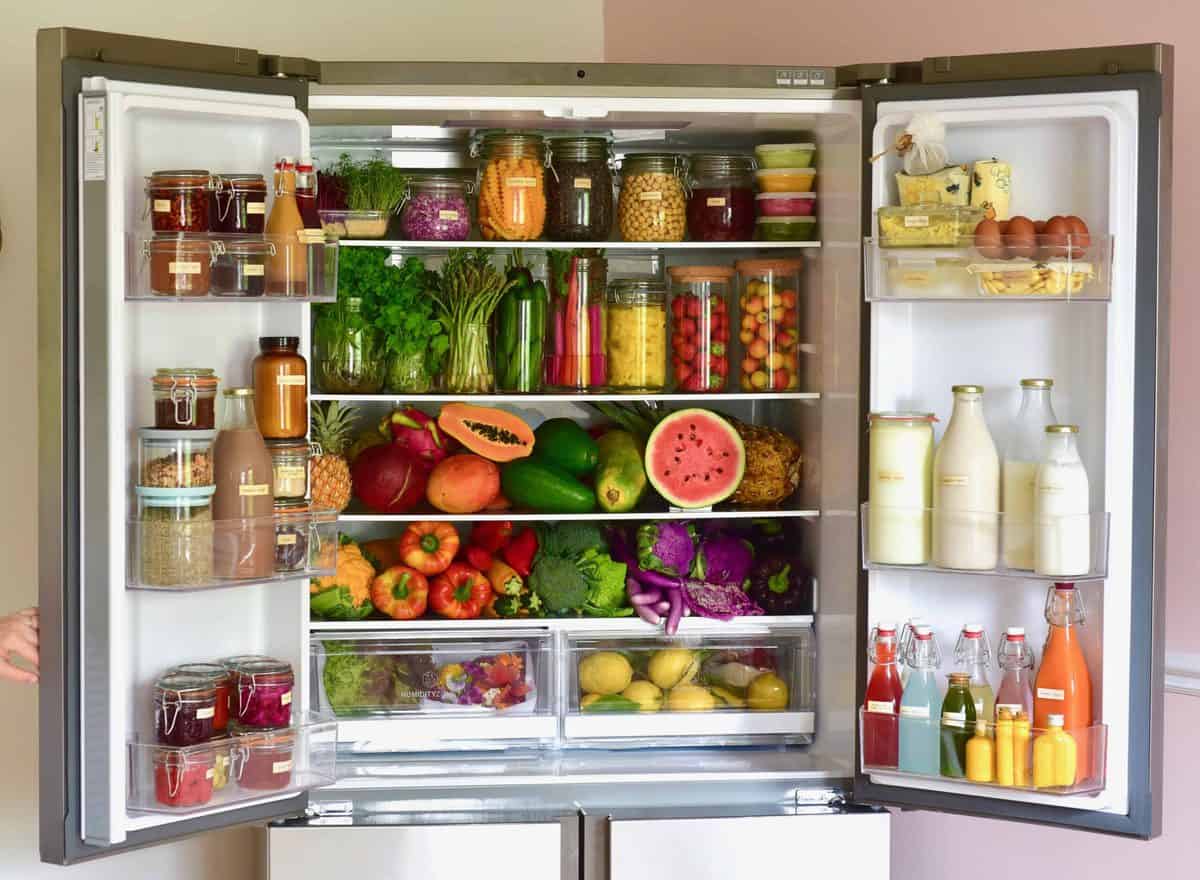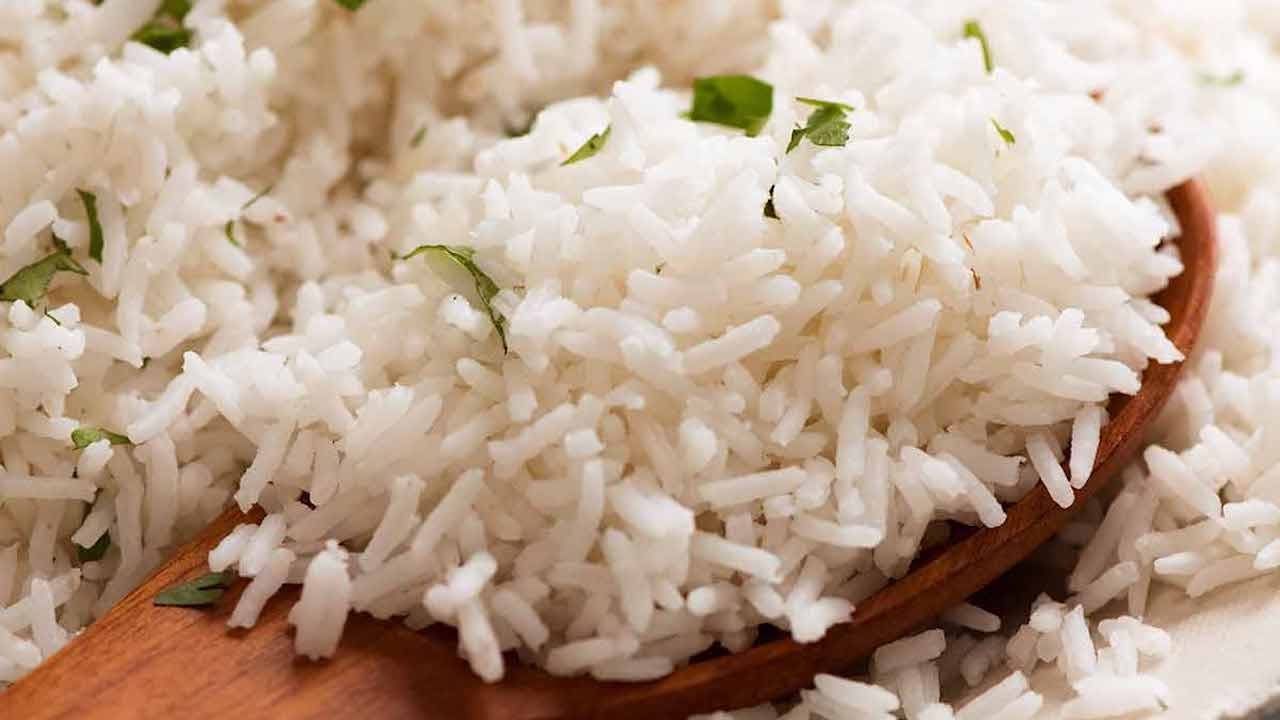Home> Food Safety
Food Safety Secrets: A Must-Know Guide for a Healthier Home
Learn the essential food safety tips and secrets to create a healthier home environment. Discover how to keep your food safe and avoid potential risks.
In Which Type Of Sink Should A Food Handler Wash His Or Her Hands
By: Noah Bennett • Articles
Organizing A Refrigerator: 13 Safe Ways To Keep Food Fresh
By: Daniel Carter • 45 Best Kitchen Storage Ideas You Can't Miss Out On
By: Sophie Thompson • 100 Best Kitchen Furniture To Make Your Cooking Hassle-Free
